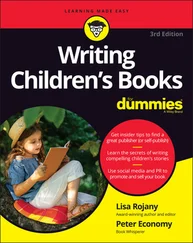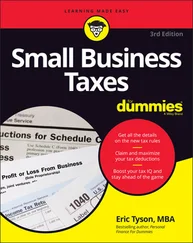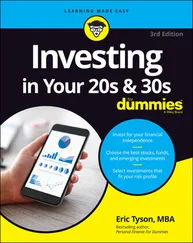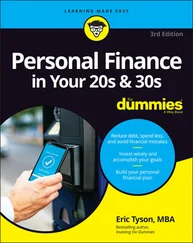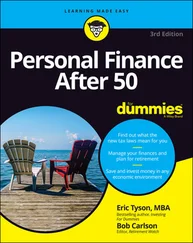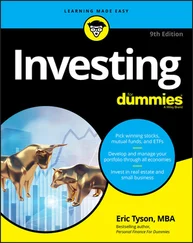If you’re looking for that helpful For Dummies Cheat Sheet, visit www.dummies.com and type circular economy for dummies cheat sheetin the Search box.
The circular economy field is evolving quickly. The day after this book is printed, some company will come along and introduce a cool, innovative product with a circular design. We’ll keep up with this product and include it in future revisions of this book. We’ve also created a site at www.circulareconomyfordummies.com with extended interviews and bonus content that just didn’t fit into the book.
Luckily, other books in the For Dummies series cover some of the more technical topics in this book. For example, you might want to learn more about climate change, supply chain management, or sustainability. Experts who specialize in these areas comprehensively cover all the subject details.
We both speak regularly on the topic of sustainability and the circular economy at dozens of events a year, both online and in-person at conferences around the world. If you’re looking for a fun, entertaining, and inspirational talk, we invite you to attend our sessions and to come up and say hello. We love meeting anyone working to make the world a better place and hearing about your adventures.
You can keep up with our work and ideas by following us on Twitter (@EricCoreyFreed and @RitchieRevo), on LinkedIn (by name), or at our personal websites: www.organicarchitect.com and www.circulareconomy.studio .
We encourage you to share the topics and examples used in this book, and we ask you to include the hashtag #circulareconomyfordummies. We’ll follow and share your interesting posts!
You don’t need to read this book from cover to cover. Each chapter is organized as a stand-alone topic so that you can go directly to the info you want. If you’re interested in food, jump ahead to Chapter 15. If business strategy is your thing, flip over to Chapter 7. Just want some quick tips? Chapter 24is a great landing spot for you.
If all these topics sound interesting (and of course they do), first enjoy Part 1and then see where it leads. Not sure where to start? Look at the table of contents or the index and follow whatever topic grabs your attention.
Give yourself a pat on the back for doing your part to make the world a better place. Even small steps to reduce waste and improve materials can quickly translate into big rewards for you, your company, your family, and everyone else.
Part 1
Linear Is Out, Circular Is In: An Economic Revolution
IN THIS PART …
Recognize the need to switch from a linear economy to a circular one
Evaluate how the linear economy is actually working against you
Identify the key challenges in implementing a circular economy
Chapter 1
Rejecting Waste, Rethinking Materials, and Redesigning the World
IN THIS CHAPTER
 Rejecting waste as a necessary output of a global economy
Rejecting waste as a necessary output of a global economy
 Rethinking material lifecycles as tool to eliminate waste
Rethinking material lifecycles as tool to eliminate waste
 Redesigning everything to be circular
Redesigning everything to be circular
We humans are all now finding ourselves in a troubling-yet-exciting time of human existence. We’re more capable and smarter than ever, yet we still maintain and perpetuate an issue unique to the human race: waste. Waste doesn’t exist within the natural world; there, every output of a system acts as an input for another. Leaf litter isn’t litter at all, but a source of food for insects and eventually a food source for the tree to grow leaves again next year. The carbon dioxide emitted through animal respiration is harvested by vegetation and replaced with the oxygen required to future support animal respiration. Material lifecycles within nature are circular, not linear. Every output of one systems serves as an input for another.
Though waste doesn’t exist within the natural world, it most certainly — at an extremely accelerated rate — exists within the human world. Though populations and demand for resources continue to surge and the rate at which materials and products are purchased and disposed of increases, so will the creation of waste. To avoid this situation, the modern management of material lifecycles must transition from a linear model (one based on the take-make-waste philosophy) to a circular model (one based on designing out waste, keeping materials in use for as long as possible, and regenerating natural ecosystems). To make this transition, those in charge of the global economy will need to reject waste as a necessary component of that economy, rethink how material lifecycles can be managed to maximize product resiliency and recyclability, and redesign how the human race manages its resources in the future.
In this chapter, we outline the main areas of focus that this book covers and provide some resources for you to immediately get acquainted with the thoughts and concepts behind the circular economy.
Rejecting the Idea of Waste
The current, global economy is based on a take-make-waste platform. Within this management of materials, resources are extracted from the earth (take), processed to form a product (make), and immediately discarded when the product no longer serves a purpose (waste). This management of materials — one where waste plays a critical role — is referred to as linear.
Waste became an accepted component of human life as scarcity of resources diminished. Once abundance was introduced into a large portion of the global economy, there was no need to bother with keeping materials in use. Instead, for some reason, it made sense to the people of that day to simply throw these materials away and start a new lifecycle from scratch. Waste was considered a necessary component of a fruitful and active economy and was often incorporated into the design of products — via planned obsolescence and cheap materials — to ensure a never-ending demand for new products. In addition, by excluding the eventual cost associated with environmental pollution and the impact on human health from material lifecycles, the use of cheap materials has inaccurately been deemed an economically beneficial strategy to make goods and resources affordable.
 To create a sustainable management of natural resources, we need to reject immediately the idea that waste is a necessary component of the global economy. In addition, we need to fully design out waste from our material and product lifecycles, by increasing their durability and resilience and by fully recycling materials.
To create a sustainable management of natural resources, we need to reject immediately the idea that waste is a necessary component of the global economy. In addition, we need to fully design out waste from our material and product lifecycles, by increasing their durability and resilience and by fully recycling materials.
Extracting raw materials from the earth and then shipping them around the world to be processed and manufactured into products that require further shipment before ultimately being used is an extremely wasteful process. The waste associated with the linear economy can be greatly reduced by rethinking waste altogether. Waste isn’t necessary and is instead a resource that has not reached the next step in its lifecycle.
Waste as a driver of the economy
Waste has historically been seen as a necessary driver of the economy. Sales are tied to the amount of a product supplied, which is directly dependent on the demand for that product. Therefore, if you design the product to eventually be wasted, you can ensure that the demand for more products will be sustained.
Читать дальше
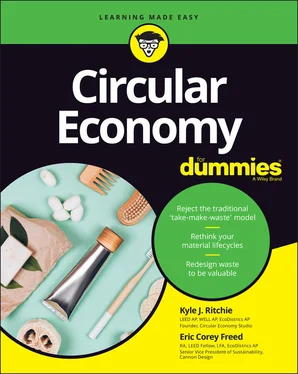
 Rejecting waste as a necessary output of a global economy
Rejecting waste as a necessary output of a global economy To create a sustainable management of natural resources, we need to reject immediately the idea that waste is a necessary component of the global economy. In addition, we need to fully design out waste from our material and product lifecycles, by increasing their durability and resilience and by fully recycling materials.
To create a sustainable management of natural resources, we need to reject immediately the idea that waste is a necessary component of the global economy. In addition, we need to fully design out waste from our material and product lifecycles, by increasing their durability and resilience and by fully recycling materials.
